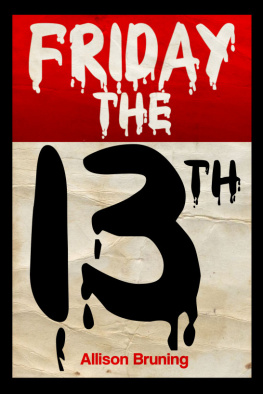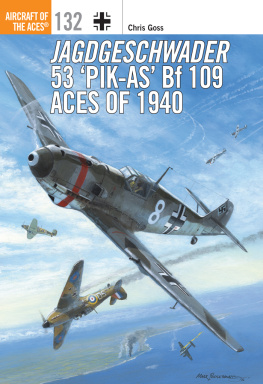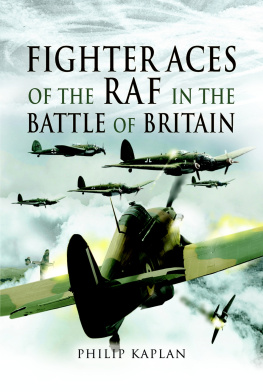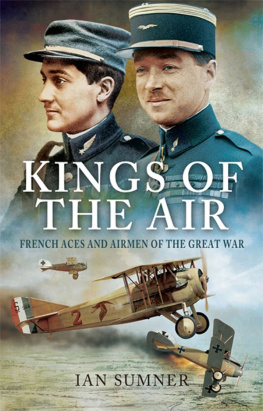John R Bruning - Race of Aces: WWIIs Elite Airmen and the Epic Battle to Become the Master of the Sky
Here you can read online John R Bruning - Race of Aces: WWIIs Elite Airmen and the Epic Battle to Become the Master of the Sky full text of the book (entire story) in english for free. Download pdf and epub, get meaning, cover and reviews about this ebook. year: 2020, publisher: Hachette Books, genre: Non-fiction. Description of the work, (preface) as well as reviews are available. Best literature library LitArk.com created for fans of good reading and offers a wide selection of genres:
Romance novel
Science fiction
Adventure
Detective
Science
History
Home and family
Prose
Art
Politics
Computer
Non-fiction
Religion
Business
Children
Humor
Choose a favorite category and find really read worthwhile books. Enjoy immersion in the world of imagination, feel the emotions of the characters or learn something new for yourself, make an fascinating discovery.

- Book:Race of Aces: WWIIs Elite Airmen and the Epic Battle to Become the Master of the Sky
- Author:
- Publisher:Hachette Books
- Genre:
- Year:2020
- Rating:4 / 5
- Favourites:Add to favourites
- Your mark:
- 80
- 1
- 2
- 3
- 4
- 5
Race of Aces: WWIIs Elite Airmen and the Epic Battle to Become the Master of the Sky: summary, description and annotation
We offer to read an annotation, description, summary or preface (depends on what the author of the book "Race of Aces: WWIIs Elite Airmen and the Epic Battle to Become the Master of the Sky" wrote himself). If you haven't found the necessary information about the book — write in the comments, we will try to find it.
John R Bruning: author's other books
Who wrote Race of Aces: WWIIs Elite Airmen and the Epic Battle to Become the Master of the Sky? Find out the surname, the name of the author of the book and a list of all author's works by series.
Race of Aces: WWIIs Elite Airmen and the Epic Battle to Become the Master of the Sky — read online for free the complete book (whole text) full work
Below is the text of the book, divided by pages. System saving the place of the last page read, allows you to conveniently read the book "Race of Aces: WWIIs Elite Airmen and the Epic Battle to Become the Master of the Sky" online for free, without having to search again every time where you left off. Put a bookmark, and you can go to the page where you finished reading at any time.
Font size:
Interval:
Bookmark:
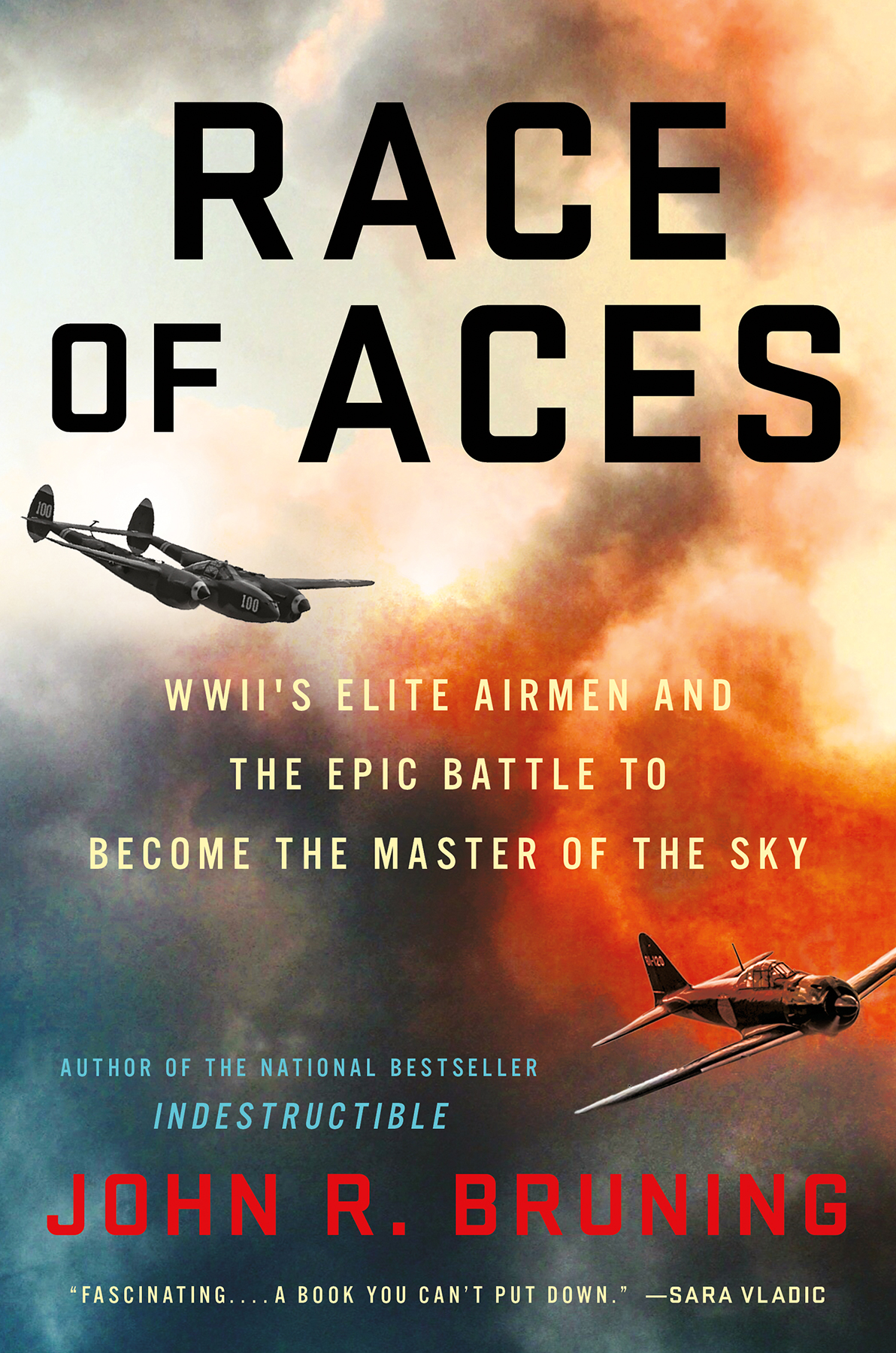
Copyright 2020 by John R. Bruning
Cover design by Amanda Kain
Cover photographs: Clouds Terry Wu / EyeEm / Getty Images; World War II P-38 Lightning aircraft KGif / Getty Images; Japanese aircraft by John R. Bruning
Cover copyright 2020 by Hachette Book Group, Inc.
Hachette Book Group supports the right to free expression and the value of copyright. The purpose of copyright is to encourage writers and artists to produce the creative works that enrich our culture.
The scanning, uploading, and distribution of this book without permission is a theft of the authors intellectual property. If you would like permission to use material from the book (other than for review purposes), please contact permissions@hbgusa.com. Thank you for your support of the authors rights.
Hachette Books
Hachette Book Group
1290 Avenue of the Americas
New York, NY 10104
hachettebookgroup.com
twitter.com/hachettebooks
First Edition: January 2020
Hachette Books is a division of Hachette Book Group, Inc.
The Hachette Books name and logo are trademarks of Hachette Book Group, Inc.
The publisher is not responsible for websites (or their content) that are not owned by the publisher.
The Hachette Speakers Bureau provides a wide range of authors for speaking events. To find out more, go to www.hachettespeakersbureau.com or call (866) 376-6591.
Library of Congress Control Number: 2019951168
ISBNs: 978-0-316-50862-9 (hardcover), 978-0-316-50864-3(ebook)
E3-20191205-JV-NF-ORI
This book is dedicated to my son, Edward Arthur Bruning. I have watched Ed grow into a gentleman whose empathy and loyalty to those he loves are rare and noble traits in a world grown increasingly disconnected. Ten years ago, Ed taught me an important life lesson: when the worst of the world is thrown at you, and your heart is broken, fight on for those you love.
D uring World War II, less than 5 percent of all fighter pilots succeeded in shooting down five or more enemy planes. Yet, that tiny percentage accounted for almost half the aircraft destroyed in air-to-air combat.
Those few men were known as aces. They were celebrated in the media, worshipped by civilians and, in some cases, by their fellow pilots. They earned generational fame in the skys killing game.
In the Southwest Pacific Theater of Operations, a highly unusual competition began. At first, it was a race to beat World War I ace Eddie Rickenbackers record of twenty-six enemy planes. It soon morphed into something greater: a fevered competition to become Americas greatest fighter pilot, our ace of aces. For almost three years, this race riveted the nation, made heroes out of ordinary Americans, and changed forever the lives of those who loved them.
This is the story of that race and the fighter pilots who dared to compete for that immortal title.
August 1, 1942
Port Moresby, New Guinea
F ive days shy of his fifty-third birthday, Gen. George Kenney lay wet and filthy in a slit trench filled with six inches of brackish water. Flies and mosquitoes buzzed around him as sweat poured off his forehead in the hundred-degree heat. He peered over the lip of the slit trench into what the locals called the Valley of Death. Down there lay the most important piece of real estate in the Southwest Pacific, Seven Mile Drome, and its priceless runway.
A string of Japanese bombs exploded diagonally across the strip like volcanic eruptions. Black smoke and dust billowed skyward as more bombs struck the aircraft dispersal area. Shrapnel ripped into a P-39, setting fire to its fuel tanks. Another one brewed up nearby, and three light bombers, A-24 Dauntlesses, were soon smothered by bombs and flames.
The bases antiaircraft guns thundered a response. Kenneys eyes roamed skyward to see their effect. Far above, set against a cerulean sky, he could see a dozen Japanese Betty bombers in a tight formation. These were the pilots and crews of the legendary 4th Kokutai, Japanese naval aviators who sowed terror from China to Manila and beyond. These crews ranked as among the best in the world, and on this day they gave Kenney an object lesson of their skills by tearing hell out of his new command.
As he watched them parade by, antiaircraft shells burst all over the sky. The gunners shot low and wide, hitting nothing. Accomplishing nothing.
Four minutes warning. Thats all they received before the bombs began to fall. Seven Mile Drome, like every other forward base Kenney visited in his new command, lacked everything from vehicles to fuel, mosquito nets, antimalarial drugs, and even a goddamned air raid siren. To compensate for that, General Scanlon, the REMF running this place, conceived a novel idea: use color-coded flags to denote the impending arrival of enemy planes.
White meant all clear. Yellow meant incoming aircraft. Red meant the field was under attack. Black meant grab a rifle and a helmet, paratroops were landing on our heads.
Kenney had arrived earlier that morning to sit in on a bomber briefing. As he walked from his aircraft to the operations tent, a white flag fluttered in the breeze above the fields control tower.
A white goddamned flag.
Yellow seemed infuriatingly fitting, too. When word of the incoming strike reached the field, there was a mad scramble away from it. The engineers working on the strip dropped whatever they were doing and bolted into the jungle, or dove into slit trenches. A few P-39s managed to take off, but they never would be able to catch the bombers in time. Of the forty Airacobras sitting in the dispersal area, less than a dozen took off. The others waited in their protective revetments for bombs to blow them to scrap.
After all the effort, treasure, manpower, and risks to get these birds from Bells New York factory across the United States, then across the Pacific to Australia, then up to New Guinea, seeing them senselessly destroyed on the ground seemed absurdly comic. The craziness of war.
Except it wasnt funny. The Japanese Armys vanguard just seized a village a couple dozen miles from this airfield. They were coming to take it and capture Port Moresby, the first step in what everyone assumed would be a full-fledged invasion of northern Australia.
Those P-39s needed to be strafing those Japanese troops. They needed to be shooting down bombers. They needed to be sinking barges and shooting up supply dumps. In this crisis, anything would be better than their fate Kenney witnessed that afternoon.
Another string of bombs blasted a fuel depotjust a collection of fifty-five-gallon drums tucked into the nearby jungle without any security on themand flames shot skyward. Over the roar of the guns and the fall of the bombs, the wounded called for help.
When the bombs stopped falling and the bombers turned for their home base, Kenney and the other generals sharing his slit trench climbed out and tried to clean themselves off as best they could. With water rationed at Port Moresby, theyd have to wait until they returned to Australia to truly get cleaned up. In the meantime, they walked back toward the strip, mud in their shoes, massive mosquitoes still flying in squadrons around them.
You hear what happened the other night?
No, Kenney said to the young pilot who had fallen in with them.
One of those mosquitoes landed after dark at the end of the strip, and the ground crews put twenty-five gallons of fuel in it before realizing it wasnt a P-39.
Despite what had just happened, Kenney smiled at that.
He was all business a few minutes later, peppering everyone with questions. He listened without comment, gathering information, forming a picture in his head as to what hed inherited and how he would have to fix it.
Font size:
Interval:
Bookmark:
Similar books «Race of Aces: WWIIs Elite Airmen and the Epic Battle to Become the Master of the Sky»
Look at similar books to Race of Aces: WWIIs Elite Airmen and the Epic Battle to Become the Master of the Sky. We have selected literature similar in name and meaning in the hope of providing readers with more options to find new, interesting, not yet read works.
Discussion, reviews of the book Race of Aces: WWIIs Elite Airmen and the Epic Battle to Become the Master of the Sky and just readers' own opinions. Leave your comments, write what you think about the work, its meaning or the main characters. Specify what exactly you liked and what you didn't like, and why you think so.


